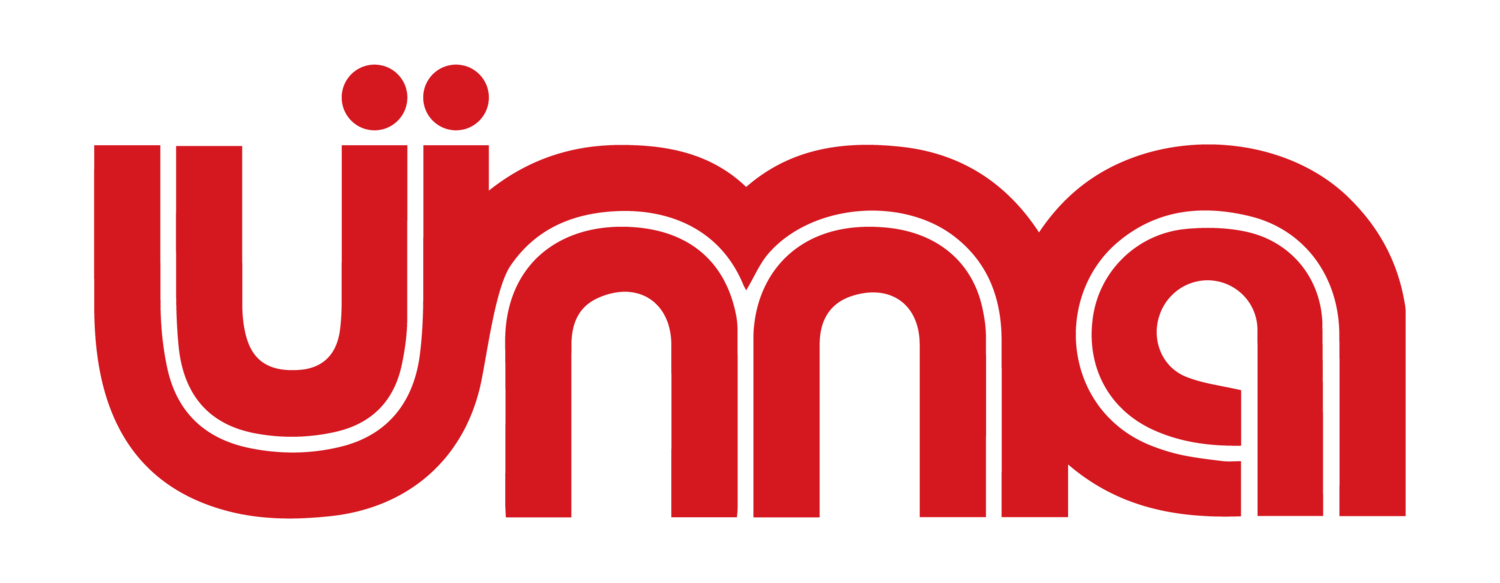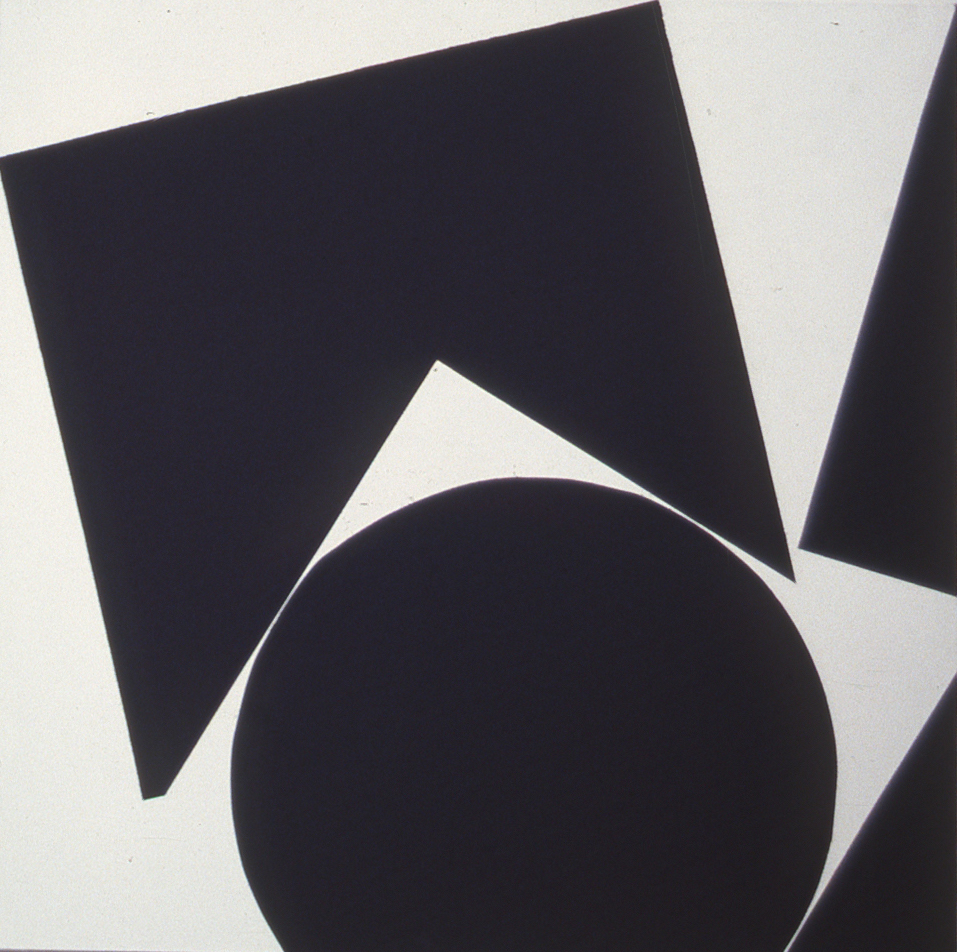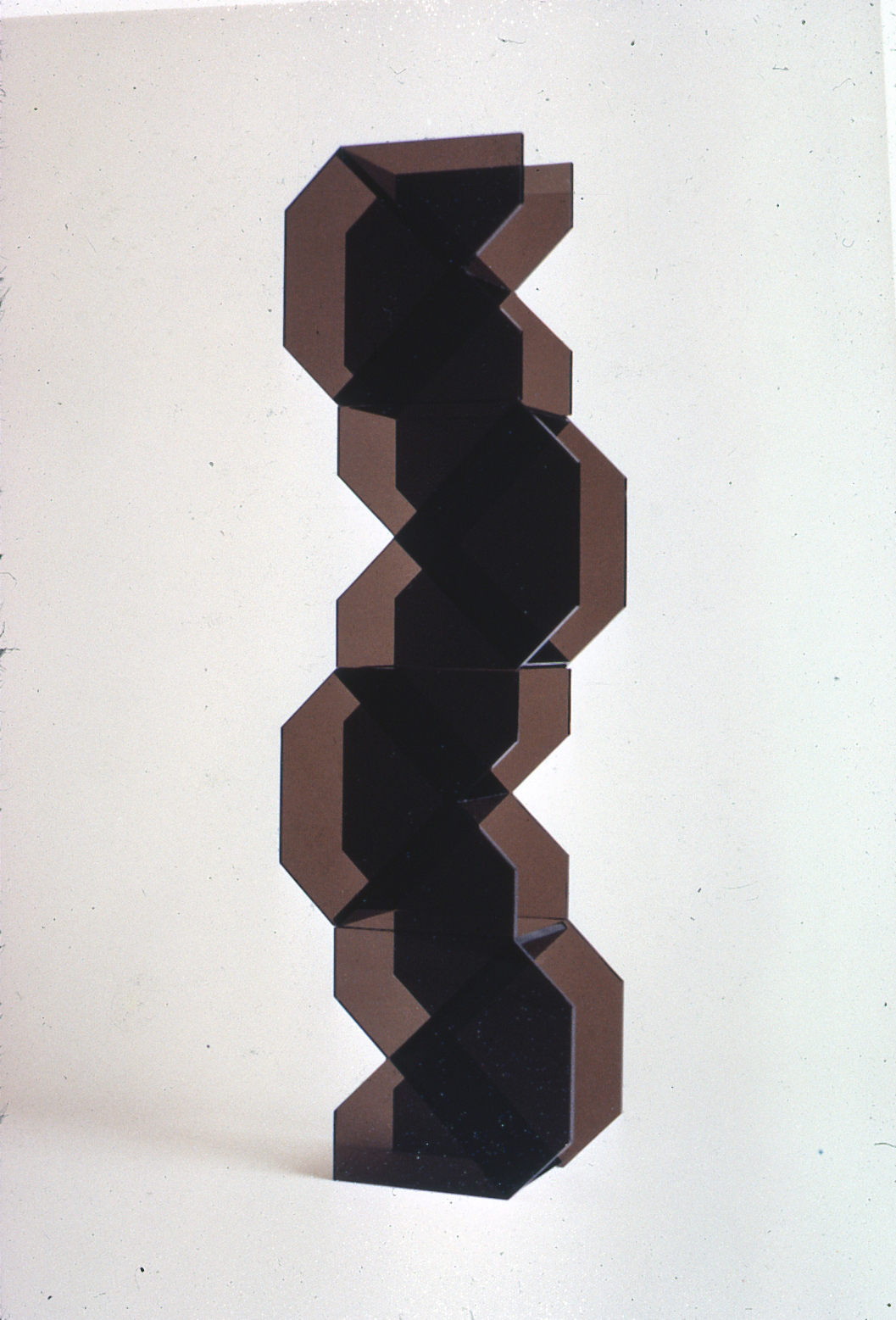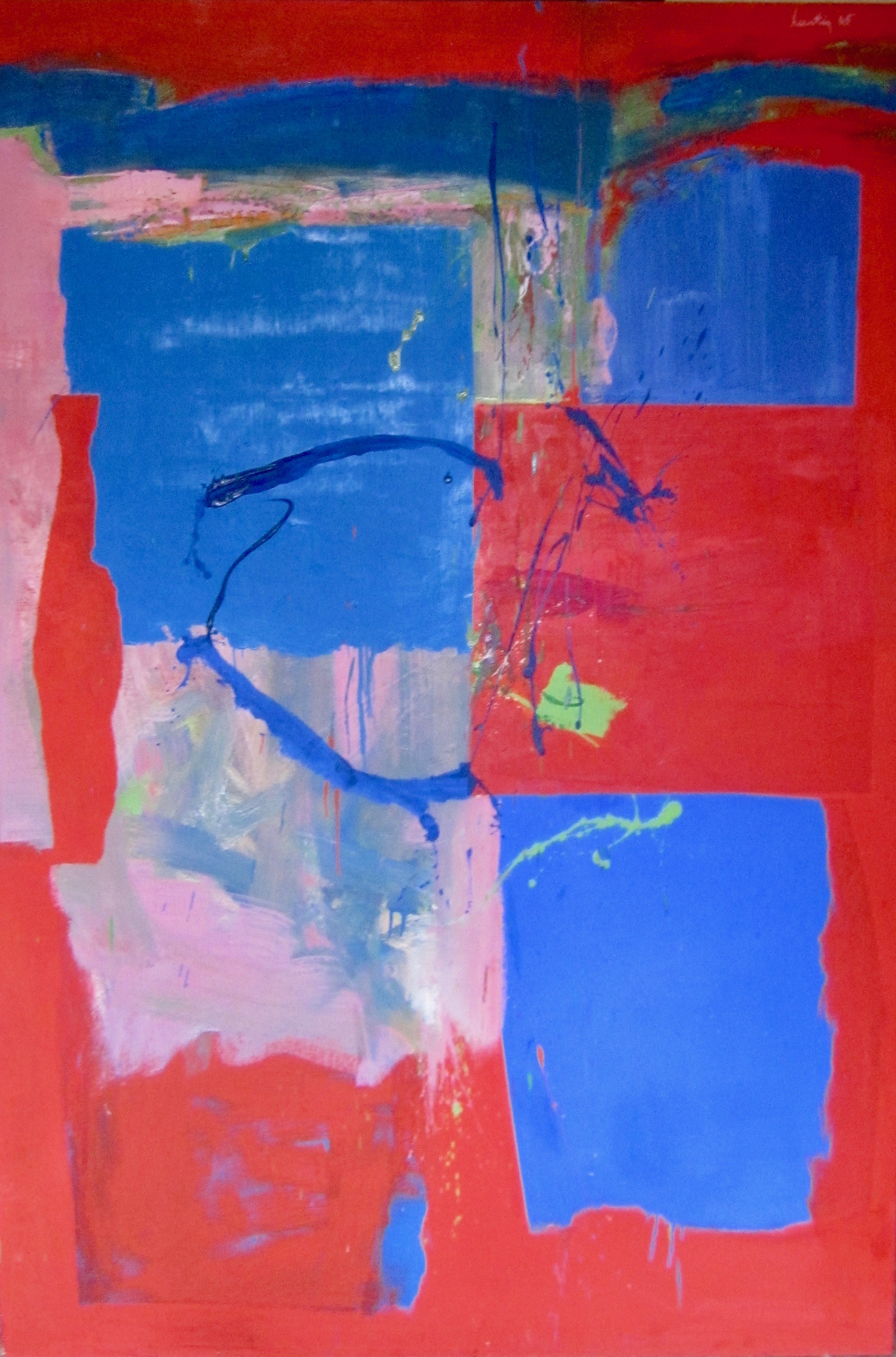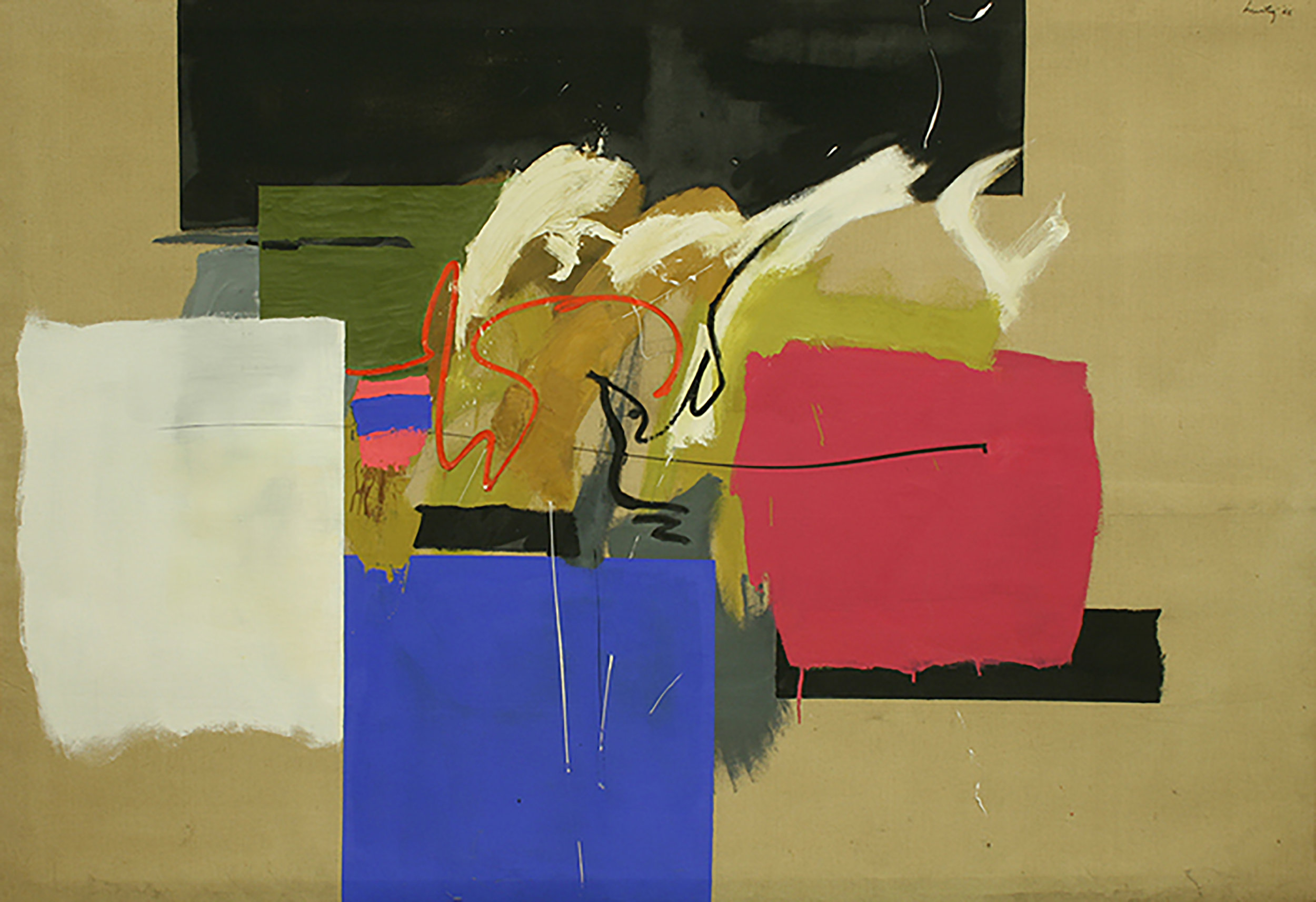Martin Hurtig: A Retrospective
Martin Hurtig began his professional training at the Institute of Design at the Illinois Institute of Technology in Chicago, where he received his bachelor of science degree in 1952. In 1955, he studied at the Atelier 17 in Paris. In 1957, Hurtig received a master’s degree, also from the Institute of Design in Chicago. Hurtig has presented his works extensively, including national exhibitions at the Detroit Institute of Arts; the Portland Museum of Art, Maine; and the Honolulu Academy of Arts, Hawaii. He has also exhibited on the international stage, including shows at the Bibliothèque Nationale, Paris, France, and Osaka Triennial, Osaka, Japan. He received numerous commissions for his sculptural murals, including from the Waukegan
Public Library, Waukegan, Illinois; the National Republic Bank, Chicago; and a stained glass window and wall mural at the Union Church of Lake Bluff, Illinois. He also curated a number of exhibitions, including Sight/Insight at the Suburban Fine Arts Center, Highland Park, Illinois, and Chicago-Paris Abstract Affinities at the Ukrainian Institute of Modern Art, Chicago. In the late 1960s and early ’70s, Hurtig struggled against the dominance of “Imagism” in Chicago, forming, with Lawrence (Larry) Salomon, the “Five,” a group committed primarily to abstraction, which also included the artists Ted Argeropolos, Larry Booth, and Vera Klement.
In an essay on Hurtig’s one person show Enigmatic Relation at the Columbia College Chicago Art Gallery, art historian Sue Taylor thoughtfully observed: “Poignant and beautiful, Hurtig’s images are like dancers in an existential ballet. They spring from a rigorous and fully formed aesthetic, and draw their power from a profoundly empathic human spirit.”
Corey Postiglione, a Chicago-based artist, writer and Professor Emeritus of Art History and Critical Theory at Columbia College Chicago, wrote: “Hurtig has maintained a certain aesthetic position that runs through his entire oeuvre. In fact, he has adhered to two main concepts over the last 50 years of art making: his unflagging commitment to abstraction, and his need to speak visually in a non-regional voice. Art, for Hurtig, was its own domain, to be appreciated on its own terms, in its own language of the visual. His work from the beginning of his career embraced an art that operated from a more formal or conceptual base.”
